Protein! Are you eating enough?
A good friend wrote to tell me she was concerned because she’d read that older adults need to eat more protein to avoid losing muscle mass. “I think it’s very difficult to get 100 grams of protein a day! Especially for vegetarians. 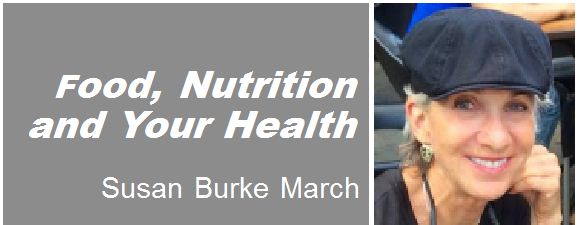 What do you think?”
What do you think?”
Do Older Adults Need More Protein?
As reported in ScienceDaily.com, “The minimum protein requirement for healthy adults was set almost 15 years ago at .80 grams of protein per kilogram of body weight. There is a growing body of evidence that says this recommended dietary allowance (RDA) is not sufficient for older people and that they would benefit from eating more proteins.”
The RDA guidelines are set to meet the requirements of 97.5% of healthy adults over 19 years old, but research shows that protein may play a role in aging and avoiding sarcopenia, or a loss of muscle mass and strength that’s associated with aging.
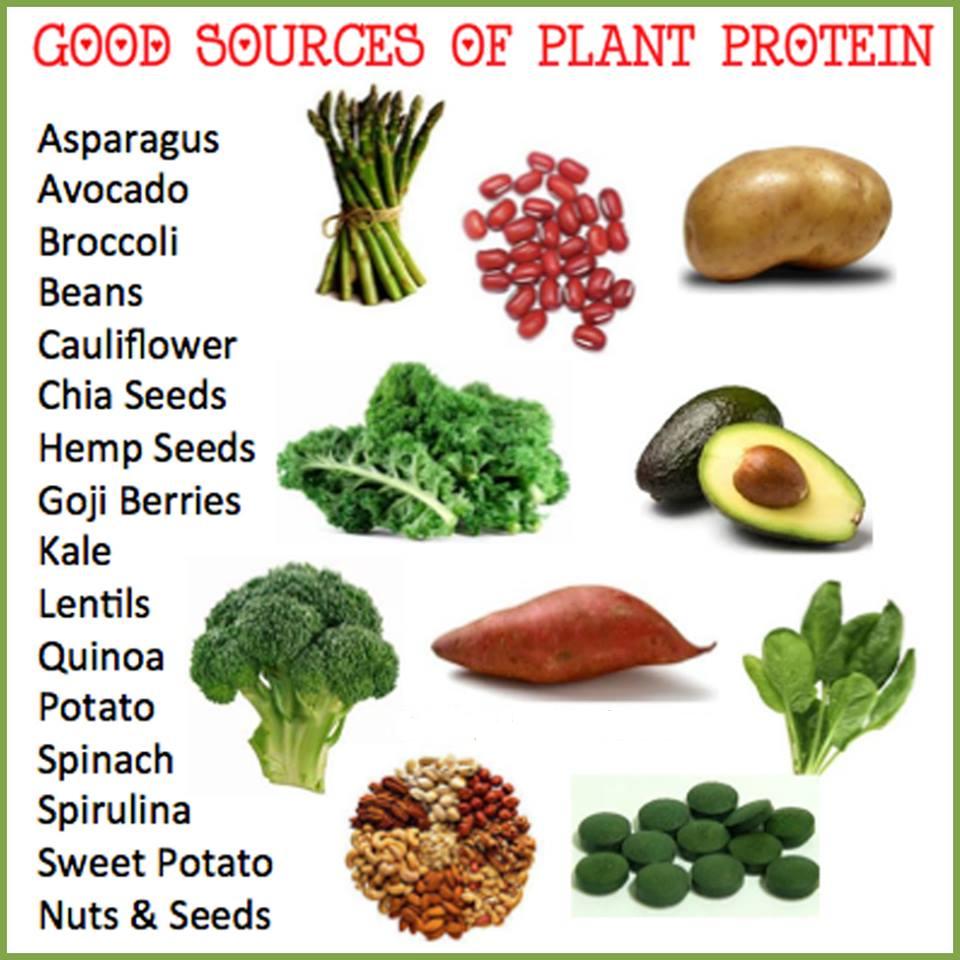 A higher percentage of calories from protein may prevent sarcopenia while also helping with weight management compared to diets lower in fat and carbohydrate.
A higher percentage of calories from protein may prevent sarcopenia while also helping with weight management compared to diets lower in fat and carbohydrate.
Although some studies advocate 1 gram of protein per kilogram of body weight, research suggests that a better idea is to include a sufficient amount of protein with each meal…about 25-30 grams of high quality protein per meal.
Protein Facts:
Protein is a macronutrient, with 4 calories per gram — same as carbohydrate (fat has 9 calories per gram; alcohol 7 calories per gram).
Proteins are large, complex molecules that play many critical roles in the body. They do most of the work in cells and are required for the structure, function, and regulation of the body’s tissues and organs.
Proteins are made up of hundreds or thousands of smaller units called amino acids, which are attached to one another in long chains. There are 20 different types of amino acids that can be combined to make a protein. The human body can manufacture about half; there are 9 “essential” amino acids that must be consumed in food. More about “essential” amino acids here.
Animal-sourced products all contain all 20 amino acids, including the 9 essential ones, and are also a good source of vitamin B12, absent in plant foods (although some packaged foods like cereals are supplemented).
Plant foods are frequently called “incomplete proteins” because they’re missing one or more essential amino acid. But by consuming a variety of different plant foods, those avoiding animal proteins can obtain all the essentials. You don’t have to “combine foods” and include all 9 essential amino acids in each meal. Just as long as you eat several different types of plant proteins daily your body can utilize the variety that plant foods contain and build complete proteins.
Article continues below graphic.
 Good news for plant-based diets: soybeans are complete proteins, as are quinoa and amaranth (both technically seeds, not grains). In many cuisines, they’re often complimented in dishes with other amino acid-rich plant foods including legumes, lentils, green peas, nuts, and seeds.
Good news for plant-based diets: soybeans are complete proteins, as are quinoa and amaranth (both technically seeds, not grains). In many cuisines, they’re often complimented in dishes with other amino acid-rich plant foods including legumes, lentils, green peas, nuts, and seeds.
Food yeasts and freshwater algae, or microalgae, are complete proteins as well (read more about algae foods from NPR here).
Note: If you’re a vegan and avoid all animal-sourced foods, including meats, fish, dairy, and eggs, be sure to supplement with vitamin B12, either by taking a supplement, or by eating fortified foods. Vegans may also benefit from vitamin D3 and omega-3 fatty acid supplements (although often animal-based, there are vegan sources). Learn more here.
In a 2015 study published in the Journal of Nutrition researchers concluded that yes, total protein intake is important to preserve lean muscle mass. But, animal protein is not necessarily “better” than plant protein. In fact, it’s noted that further studies are indicated: lean body mass is associated with intake of animal protein, and plant protein may favor preservation of muscle strength in older adults. The study also notes that plant proteins offer a number of health benefits not found in animal protein, including antioxidant vitamins and minerals, and fiber.
PETA (People for the Ethical Treatment of Animals) offers comprehensive information about protein on their website. For example, they say that many varieties of legumes are very good sources of protein: 34% of calories in lentils are from protein; soybeans 35%, and kidney beans 58%. Even fruits (oranges have 8% of their calories from protein; cantaloupe 10%, tomatoes 19%), and vegetables (broccoli 33%, spinach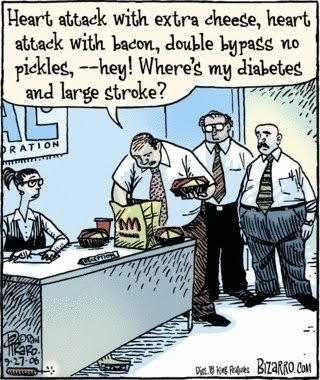 50%, and watercress 84%) provide different amounts of different amino acids.
50%, and watercress 84%) provide different amounts of different amino acids.
How To Get Enough Protein Into Your Meals & Snacks
Yes, you can eat a huge steak or “lots of chicken” but that doesn’t necessarily make for a healthful diet. A 2017 study tracked more than 536,000 American men and women ages 50-71, following their diet for 16 years, showed that the more red meat you eat, the greater the risk of dying from one of eight diseases, including cancer, heart disease, respiratory disease, stroke, diabetes, infections, kidney disease and liver disease.
The “best” diet is one that is plant-based, full of antioxidants, vitamins, minerals, and phytonutrients. Since animal proteins are higher in protein by the ounce, you only need small portions: choose a healthy cooking method, such as grilled, baked, broiled, poached or sautéed. Serve alongside grains, legumes, vegetables, and nuts to boost the fiber and nutrition.
Now, take a careful look at your daily diet, and see if you’re eating enough protein.
First, log on to this online calculator to get an estimate of your protein needs based on .8 – 1.0 grams/kilogram of body weight. This calculator considers your age, sex, weight, and your activity level — all important ingredients in figuring out your personal protein prescription.
Then, use your SuperTracker!
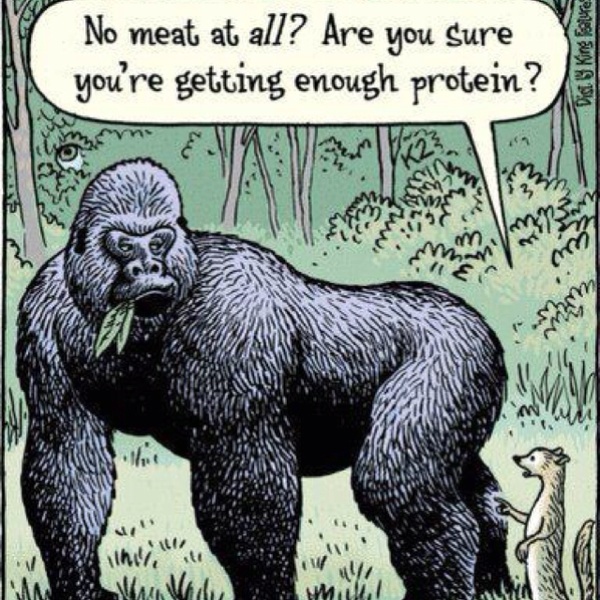 This program, free to users from the USDA, just gets better and better. You create your own personal account and search out any food or beverages to see nutritional facts.
This program, free to users from the USDA, just gets better and better. You create your own personal account and search out any food or beverages to see nutritional facts.
I encourage all my clients and patients to take advantage of Supertracker.usda.gov.
Sign up for free and start using the Food Tracker. Enter your meals, snacks, and beverages, even your own recipes, and then “see” in real time how much protein, vitamins, minerals, and calories (plus a dozen or more other nutrients) you’re eating daily.
Use the tracker to plan your meals in advance, or just to record what you’ve eaten for the day — discover where you can make changes and improvements.
Start by examining some of your usual foods. Maybe you want to eat less sugar or increase your grams of protein. Or both!
Here’s an example: Compare two foods and see the nutrient difference.
Each morning you eat a 6 oz. cup of low-fat strawberry flavored yogurt.
Hmmm… you wonder about that yogurt. You have a sinking suspicion that flavored yogurts are not the best choice.
Go to the Supertracker.usda.gov Food-A-Pedia feature.
Click to enter a 6-oz strawberry yogurt, low-fat: It has 173 calories, 20 grams of added sugar, and 7 grams of protein.
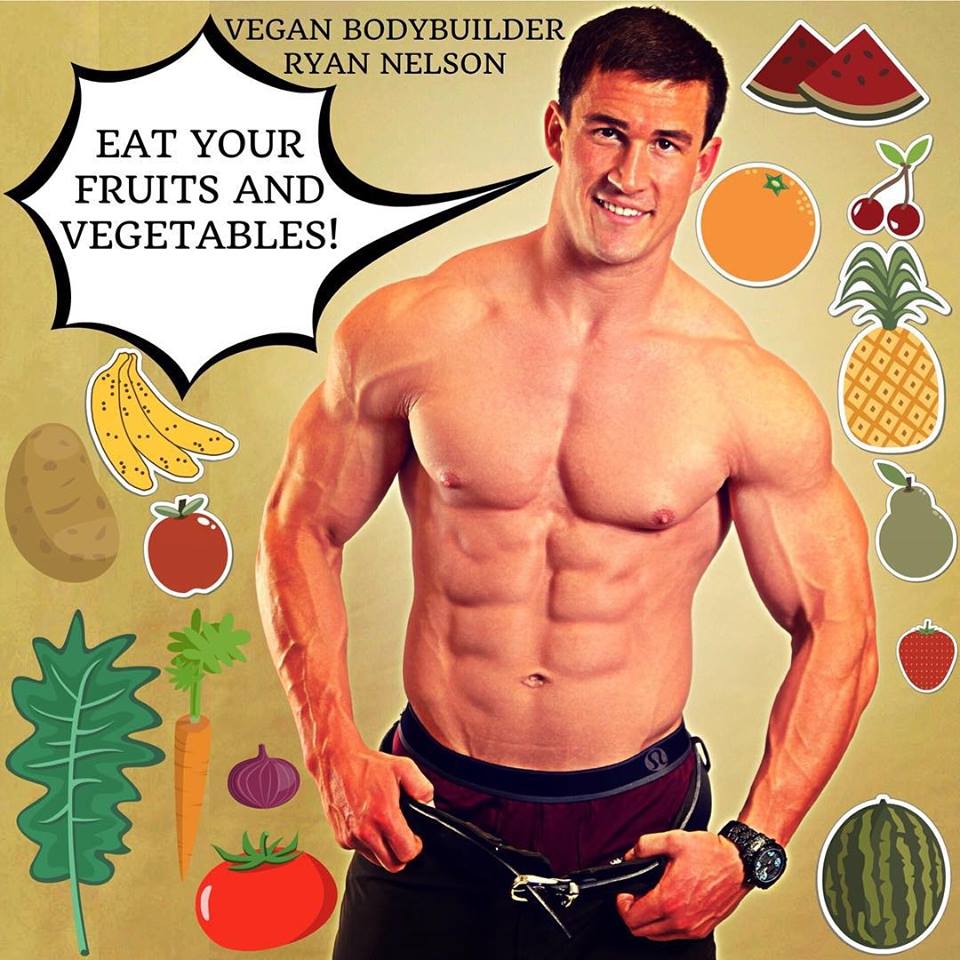 Now, enter to compare a 6-oz cup of nonfat Greek yogurt, plain: It has only100 calories, zero grams of added sugar, and 18 grams of protein. That’s a lot better! Tomorrow you make that change.
Now, enter to compare a 6-oz cup of nonfat Greek yogurt, plain: It has only100 calories, zero grams of added sugar, and 18 grams of protein. That’s a lot better! Tomorrow you make that change.
Do this for just a few days, and it can completely change the way you eat. See which items can be modified and foods could be added to increase your daily protein in a healthy way, while not going overboard on calories. And the program will tell you where you can make changes for the biggest payoff. It takes a bit of practice, but the reward is better health.
Buena salud! Buena vida!
Protein in some foods
3 oz chicken, skinless – 28 g
3 oz pork – 22 g
3 oz tuna – 22 g
3 oz shrimp – 20 g
Large egg – 6 g
1 cup cooked pinto beans – 22 g
1 cup cooked black beans – 16 g
1 cup cooked quinoa – 8 g
1 oz soy nuts – 12 g
1 oz almonds – 6 g
1 oz walnuts – 4 g
8 oz milk – 8 g
6 oz Greek yogurt, nonfat – 18 g
Save the date. On Thursday, September 21, at 2:30 PM, join me for an hour-long presentation designed to cut through some myths about diabetes, and uncover the facts about this largely preventable disease.
After the presentation we’ll have 30 minutes for your questions and answers. For more information, click here.
Sources
American Journal of Clinical Nutrition. Protein and healthy aging. http://ajcn.nutrition.org/content/early/2015/04/29/ajcn.114.084061.full.pdf
Genetics Home Reference. What are proteins and what do they do? https://ghr.nlm.nih.gov/primer/howgeneswork/protein
MayoClinic.org. Whey Protein. http://www.mayoclinic.org/drugs-supplements/whey-protein/evidence/hrb-20060532
NPR.org. The Salt. Protein Goes Green: Can Algae Become The Next Soy? http://www.npr.org/sections/thesalt/2015/08/11/429985941/protein-goes-green-can-algae-become-the-next-soy
NYTimes.com. Well. How Much Protein Do We Need? https://www.nytimes.com/2017/07/28/well/eat/how-much-protein-do-we-need.html?mcubz=0
OneGreenPlanet.org. 25 Delicious Vegan Sources of Protein (The Ultimate Guide!)
http://www.onegreenplanet.org/natural-health/vegan-sources-of-protein/
PETA. Veganism and the Issue of Protein. https://www.peta.org/issues/animals-used-for-food/animals-used-food-factsheets/veganism-issue-protein/
The British Medical Journal. Mortality from different causes associated with meat, heme iron, nitrates, and nitrites in the NIH-AARP Diet and Health Study: population based cohort study. http://www.bmj.com/content/357/bmj.j1957
The Journal of Nutrition. Higher Protein Intake Is Associated with Higher Lean Mass and Quadriceps Muscle Strength in Adult Men and Women. https://www.ncbi.nlm.nih.gov/pmc/articles/PMC4478942/
UC Davis Integrative Medicine. Essentials Part I. http://ucdintegrativemedicine.com/2016/02/the-essentials-part-one/#gs.IIQqxyI
United States Department of Agriculture. SuperTracker. My foods. My Fitness. My Health. https://www.supertracker.usda.gov/
VeganHealth.org. Daily Recommendations. http://veganhealth.org/articles/dailyrecs




















